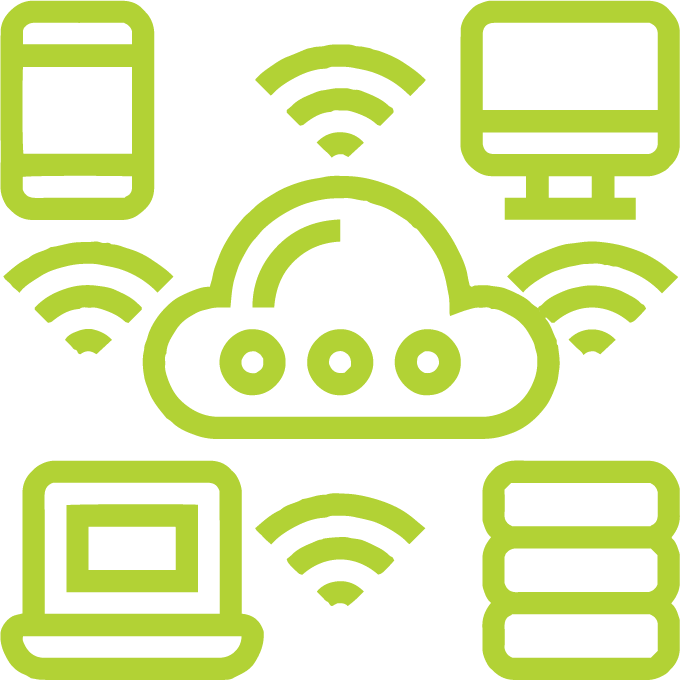Current trends in post-COVID workplace design
Current trends in post-COVID workplace design
The Covid-19 pandemic has had a profound impact on the way we work, and as a result, it has influenced workplace design. Many companies are adopting new strategies to optimize real estate by creating more efficient and adaptable workspaces.
With the rise of hybrid work models, there is a need for workspaces that can accommodate both remote and in-person employees, as well as promote employee health and well-being.
In this context, post-COVID workplace design is evolving to support a range of activities and experiences, from collaboration to wellness, with an emphasis on sustainability. This article will explore some of the current trends in post-COVID workplace design that can help optimize real estate.
Flexibility: One of the key trends in post-COVID workplace design is flexibility, as companies are looking to accommodate remote work and hybrid models. This means designing spaces that can easily adapt to different use cases, such as shared workspace, private offices, and meeting rooms.
For instance, movable partitions can create temporary meeting rooms, while modular workstations can be rearranged to create more open or enclosed spaces. By promoting flexibility, companies can make better use of their real estate, reducing the amount of space required and saving costs

Wellness: Another important trend is incorporating elements of wellness into workplace design. This includes things like natural light, plants, and biophilic design elements to promote physical and mental health for employees.
Focus should also be on air quality, acoustic comfort, and ergonomic furniture to promote physical comfort and reduce stress. Other wellness features include touchless technologies, which minimize contact with surfaces, and outdoor workspaces, which allow employees to get fresh air and sunlight.

Collaboration: Collaboration remains an important aspect of workplace design, even in a post-COVID world. This means creating spaces that encourage interaction and teamwork, such as lounge areas, collaboration rooms, and breakout spaces.
Incorporate technologies such as interactive displays and video conferencing systems to support remote collaboration. Other features include acoustics that support speech privacy and sound masking to reduce distractions.

Technology is also a key driver of post-COVID workplace design. This includes things like smart building systems, digital displays, and collaboration software to facilitate remote work and improve overall efficiency.
For instance, designing spaces that can accommodate a range of technology devices, from laptops to smartphones, and providing power and connectivity at every workstation. Also incorporate technology such as sensors and data analytics to monitor space utilization and optimize real estate use.
Finally, designing technology-rich spaces can support virtual meetings and events, allowing remote and in-person employees to connect and collaborate seamlessly.

Post-covid workplace design is evolving to meet the changing needs of employees and organizations. Wellness and collaboration have become key design priorities, with a focus on creating environments that promote health and well-being and support a range of collaboration activities.
By incorporating these trends into workplace design, companies can optimize their real estate by making the most of their space, accommodate the needs of employees, and create an environment that fosters productivity and collaboration. As the workplace continues to evolve, it is clear that design will play a critical role in shaping the future of work.
